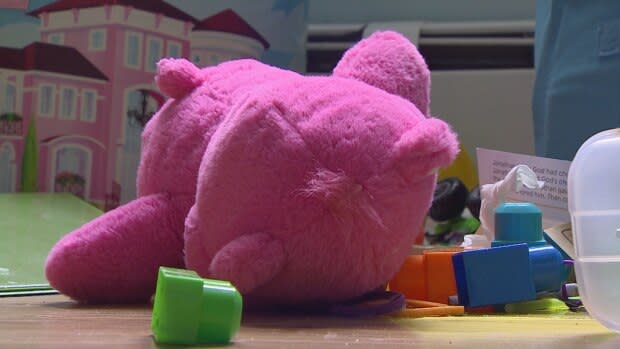Province reviewing policy for children requiring emergency placements
Nova Scotia's Department of Community Services is reviewing its policy for young people in the care of the province who require emergency housing in hotels and other settings after numbers skyrocketed in the last three years.
Considered a last resort, places of safety are only supposed to be used when there is no other appropriate spot available for a young person requiring the province's care, and they're only intended to be used for a short period of time.
But in the last three years, the number of people staying in places of safety, and the amount of time some of them are there before being moved to another option, has gone up exponentially.
The thousands of hours in hotels, houses, apartments or cottages around the province have come at a cost of nearly $30 million, with some young people spending multiple years in the settings.
Wendy Bungay, the director of placement services for the Community Services Department, said it was clear the policy needed to be reviewed because it was only ever intended for young people to be in places of safety for up to 28 days.
Bungay said the department wanted to make sure service providers had a clear understanding of what is required in certain situations. The department contracts the work to four companies.
Review not prompted by concerns
Talk of the review started in meetings last April with service providers to discuss the process and review how vetting of staff is done and reported to the department.
The second part of the review focuses on expectations for providers in short-term, urgent-care settings. The final step, which will happen in the coming months, will focus on requirements for staff in arrangements that exceed 90 days.
"It may be the exact same staff, but the expectation around the training process or the number of staff that are interacting with the child [could change]," said Bungay.
The review process wasn't prompted by any specific concerns or problems with the services children were receiving in places of safety, said Bungay, but rather ensuring what's happening meets the current need.

There are people who do have concerns about the system.
Alec Stratford, executive director and registrar of the Nova Scotia College of Social Workers, said the fact the numbers have gone up so much is an indication of a problem.
A call for regulation of workers
Stratford said the department has been too slow to react to increases in complexity of cases.
"This has to go back with how we have consistently underfunded social services in our province," he said.
Stratford and others have particular concerns about the people staffing places of safety, noting there is no formal regulation the way there is in group homes or foster homes.
It's vital that people staffing places of safety are trained and regulated in a meaningful way, said Stratford.
"We need to have a clear competency profile of who's going to be operating them, we need to have clear regulations."
Debra Reimer, executive director for the Kids Action Program, is not only concerned about the vetting process, she also has big concerns about the costs.
Tens of thousands of dollars are spent per month on each child in a place of safety. Reimer believes in many cases it's money that could be better directed in a way that would keep the use of places of safety to a minimum.
"Can you even begin to imagine how much therapy you could get, or whatever you could get, for $40,000?"
45 children in places of safety now
Bungay said there are plans to shift to a more preventative approach, something that's started with pilot projects, but it doesn't change the fact that going onto a waiting list is not an option for young people coming into the province's care.
That means they have to go somewhere, and right now places of safety are the backstop when no other option is available.
As of Friday, there were 45 children in places of safety.
For Stratford, that's part of the problem.
He remembers a time when it would be just a handful of people at a time who required the placements. Stratford compared the situation to food bank use.
"Food banks were meant to be a temporary emergency measure for folks to have food security," he said, noting that is no longer the case.
"We do not want places of safety to reach that same standpoint."
Despite the concerns, Bungay said the department believes service providers are aware of expectations. Because social workers have regular contact with the kids in places of safety and their workers, Bungay said any issues would be identified and addressed.
MORE TOP STORIES

